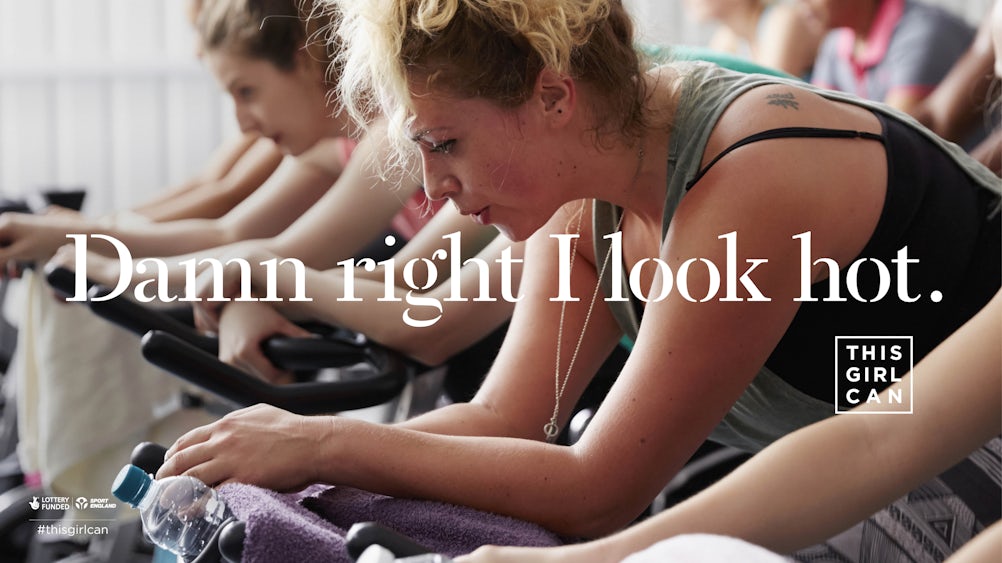Sport England to take ‘consumer-focused approach’ to replicate success of ‘This Girl Can’
Sport England says the ‘This Girl Can’ campaign has made a “real difference” to women’s participation in sport and that it will now take a similar “consumer-focused approached” to boost take-up of sport among other groups where figures remain low.

According to the latest ‘active people survey’ by Sport England, the number of people playing sport regularly has increased by 245,000 since June to 15.74 million. But women have “bucked the usual trend” with the number of women playing sport for at least half an hour once a week increasing faster than the number of men.
Since March, 148,700 more women have taken up sport, taking the total to 7.01 million or 31.2% of the population. For men the increase was 96,500, with 8.73 million men now active at least once a week, equal to 40.7% of the male population.
Sport England CEO Jennie Price says the figures show ‘This Girl Can’ is “making a real difference”. She credits its success to the fact that the campaign really focused on what drives women’s attitudes and behaviours.
“The gender gap has begun to narrow slightly, a sign that the campaign’s approach of focusing on the consumer is beginning to have a positive impact.”
Jennie Price, CEO, Sport England
The results support the need to think about target audiences as individual consumers, understanding the things that get in the way of their taking part in sport and their motivations,” she adds.
‘This Girl Can’, which was created by creative agency FCB Inferno, has also been widely lauded in the marketing world. It won at Cannes Lions in the new ‘Glass Lion’ category, which was awarded to brands that challenged gender bias and stereotypes.
Sport England’s director of business partnerships also won the ‘Marketer of the Year’ award at Marketing Week’s ‘Masters of Marketing’ awards.
Putting customer insights first
Sport England says it will now change its approach for other consumer groups where sport participation is low – for example among those in lower socio-economic groups and disabled people. Activity will focus on insights into why participation is low and the barriers that exist.
“If we’re to see a further step change in the total number of people playing sport, we need to take a similar, consumer-focused approach in areas where the figures are stubbornly low,” explains Price.
However there are no plans as yet for specific marketing campaigns as Sport England awaits the publication of the Government’s new sport strategy. There will, however, be a renewed push for ‘This Girl Can’ in the New Year.
The figures also paint a positive picture for sports and activities that use customer insight to attract participants. For example the number of people using gyms is up as gym brands listen to customers and offer lower prices and more flexibility.







